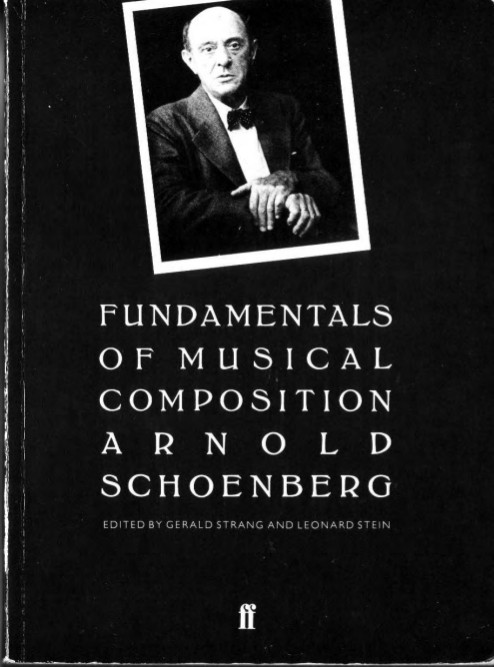Bob Snyder: Music and Memory: An Introduction (2001)
Filed under book | Tags: · cognition, memory, music, sound recording

This far-ranging book shows how human memory influences the organization of music. The book is divided into two parts. The first part presents basic ideas about memory and perception from cognitive psychology and, to some extent, cognitive linguistics. Topics include auditory processing, perception, and recognition. The second part describes in detail how the concepts from the first part are exemplified in music. The presentation is based on three levels of musical experience: event fusion (the formation of single musical events from acoustical vibrations in the air, on a time scale too small to exhibit rhythm), melody and rhythm, and form. The focus in the latter is on the psychological conditions necessary for making large-scale—that is, formal—boundaries clear in music rather than on traditional musical forms. The book also discusses the idea that much of the language used to describe musical structures and processes is metaphorical. It encourages readers to consider the possibility that the process of musical composition can be “a metaphorical transformation of their own experience into sound.”
The book also touches on unresolved debates about psychological musical universals, information theory, and the operation of neurons. It requires no formal musical training and contains a glossary and an appendix of listening examples.
Publisher MIT Press, 2001
ISBN 0262692376, 9780262692373
313 pages
Arnold Schoenberg: Fundamentals of Musical Composition (1967–) [EN, IT, ES, PT]
Filed under book | Tags: · composing, composition, music, music theory, sound recording

Fundamentals of Musical Composition represents the culmination of more than forty years in Schoenberg’s life devoted to the teaching of musical principles to students and composers in Europe and America. For his classes he developed a manner of presentation in which ‘every technical matter is discussed in a very fundamental way, so that at the same time it is both simple and thorough’. This book can be used for analysis as well as for composition. On the one hand, it has the practical objective of introducing students to the process of composing in a systematic way, from the smallest to the largest forms; on the other hand, the author analyses in thorough detail and with numerous illustrations those particular sections in the works of the masters which relate to the compositional problem under discussion.
Edited by Gerald Strang, with the collaboration of Leonard Stein
Introduction by Leonard Stein
Publisher Faber and Faber, London/Boston, 1967
ISBN 0571092764
256 pages
Fundamentals of Musical Composition (English, 1967, no OCR)
Elementi di composizione musicale (Italian, trans. Giacomo Manzoni, 1969, added on 2013-12-11)
Fundamentos de la composición musical (Spanish, trans. A. Santos, 1989, added on 2013-12-11)
Fundamentos da composição musical (Portuguese, trans. Eduardo Seincman, 1991/1996, added on 2013-12-11)
Richard Kostelanetz: Conversing with Cage, 2nd ed (1987/2003)
Filed under book | Tags: · aesthetics, art, biography, dance, music, music theory, radio, sound recording

Conversing with Cagedraws on over 150 interviews with John Cage conducted over four decades to draw a full picture of his life and art. Filled with the witty aphorisms that have made Cage as famous as an esthetic philosopher as a composer, the book offers both an introduction to Cage’s way of thinking and a rich gathering of his many thoughts on art, life, and music. John Cage is perhaps this century’s most radical classical composer. From his famous “silent” piece (4’33”) to his proclamation that “all sound is music,” Cage stretched the aesthetic boundaries of what could be performed in the modern concert hall. But, more than that, Cage was a provocative cultural figure, who played a key role in inspiring scores of other artists-and social philosophers-in the second half of the 20th century. Through his life and work, he created revolutions in thinking about art, and its relationship to the world around us. Conversing with Cageis the ideal introduction to this world, offering inthe artist’s own words his ideas about life and art. It will appeal to all fans of this mythic figure on the American scene, as well as anyone interested in better understanding 20th century modernism.
Edition 2
Publisher Routledge, 2003
ISBN 0415937922, 9780415937924
332 pages

